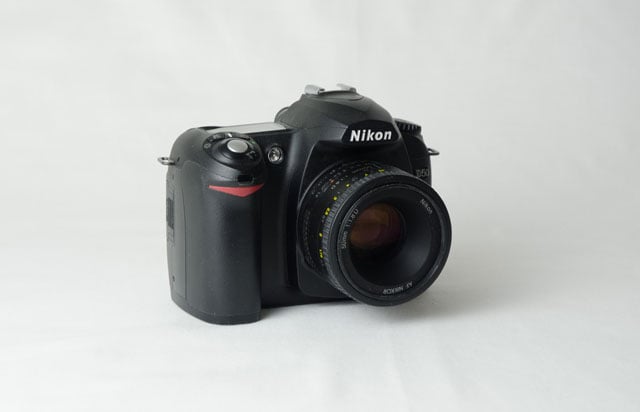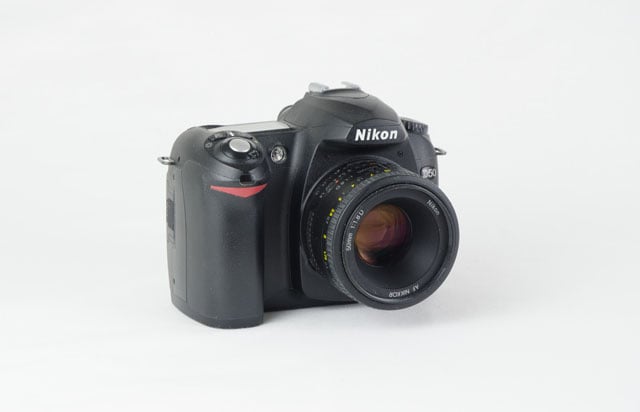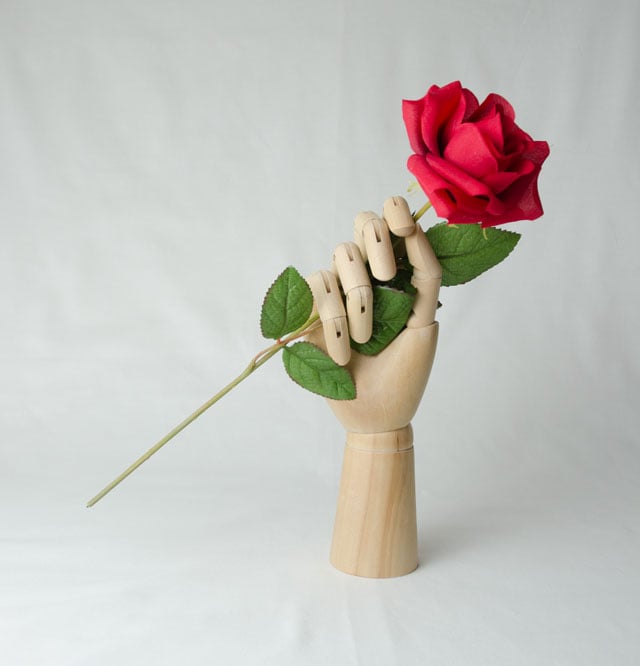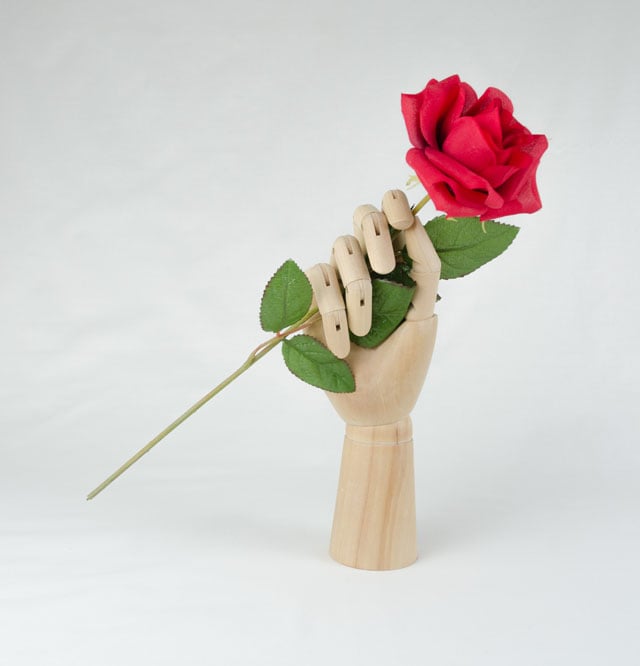How I Made Myself a DIY Spider Light for $40
![]()
I recently made myself a DIY Spider Light as a thrifty alternative to the Spiderlite that costs hundreds of dollars. The entire project ended up costing $40 per light and can be built entirely with parts from a local home improvement store.
It turned out pretty well I think, with the added benefit of being bulletproof — you can stand on the body without breaking it.
![]()
![]()
What You’ll Need
![]()
How to Build It
I started off by using a holesaw to drill socket holes in the 4” domed cap.
![]()
![]()
Then I trimmed some length off the back end of the 4” cap and both ends of the 3-4 reducer. This isn’t necessary but makes the assembly more compact. Drilling the socket holes first gives you something to hold or clamp through when cutting.
I used a 10” miter saw, which is why you see an uneven cut in the finished photo. A bandsaw or even a handsaw would probably be better. Keep your trimmings.
![]()
Then cut 1.5” or so off of the 4” pipe to use as a hidden connector between the domed cap and the reducer.
![]()
![]()
6” worth of 3” pipe makes the rest of the body length.
![]()
The 3” cap I got was dual purpose for 3” and 4” pipes. I cut off the 4” part to make a flush fitting 3” cap.
![]()
![]()
Here are my indoor/outdoor rubber light sockets (I saved a lot of money by buying them bulk on eBay):
![]()
The center switch controls the center bulb only. Left switch controls the top left and bottom right bulb, right switch does the opposite. So using only the center gives me 1 bulb on, using only a side switch gives me 2, a side and the center gives me 3, both sides alone gives 4 bulbs and all 3 switches on gives all 5 bulbs. Probably more control than anyone needs, it was mostly just to see if I could do it.
![]()
The schematics of a man that doesn’t know how to draw schematics, good luck.
![]()
Breakdown of the schematics in an attempt to make them less convoluted.
![]()
The trimming from the 4” cap was cut in half, then soaked in boiling water until I could bend it into the mounting bracket.
![]()
A tripod mount from a cheap single bulb light holder.
![]()
All connections are made by drilling a hole and screwing in a single self-tapping screw. This lets me open the body if I need to later and avoids the mess that purple pvc solvent would make glueing it all together.
![]()
The unit is a little back heavy without the umbrella but balances perfectly with it. Using the 3” pipe for the main body allows it to accept a softbox speed ring. This was my original plan but you would need to cut a slit in the softbox for the light stand to reach up through. Also, removing a softbox to store the lights while not in use requires the light to be detached from the light stand.
![]()
Here are some super fast test shots captured with my DIY Spider Light:




About the author: Ray Dennis is a photographer based in Ypsilanti, Michigan. You can find some of his work on Flickr.